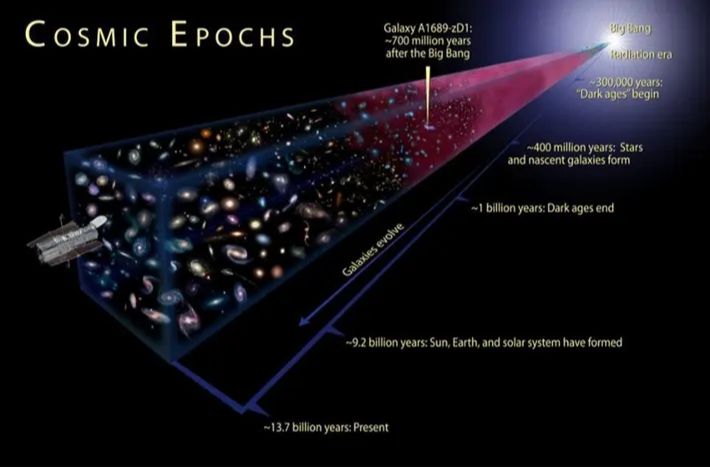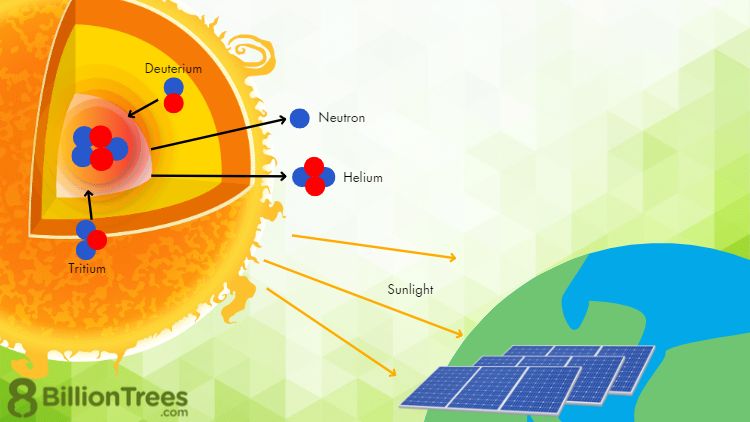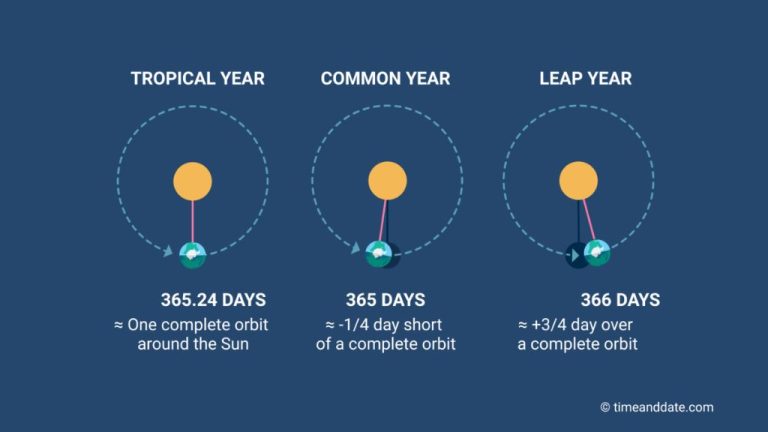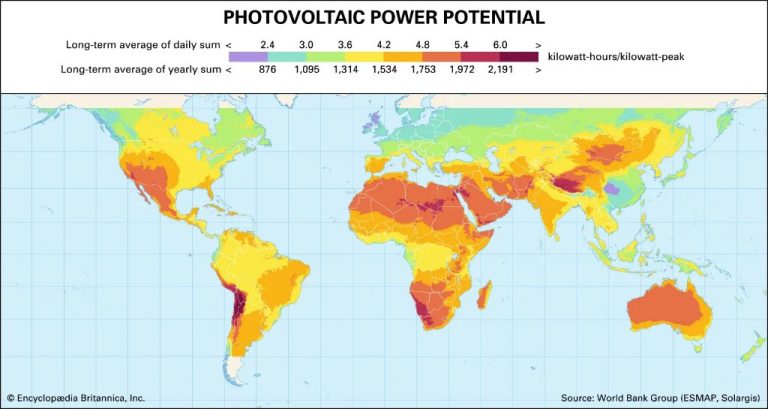Is Solar Energy Finite Or Infinite?

Solar energy is the radiant light and heat from the sun that is harnessed using a range of technologies such as solar panels, concentrating solar power systems, and solar water heaters. It’s an abundant and renewable energy source that can help meet the world’s growing energy demand in a sustainable way. The importance of solar energy stems from its many benefits:
- It’s a clean energy source that doesn’t emit greenhouse gases or toxic waste.
- It can provide electricity, heat water, and power engines with zero emissions.
- Solar technologies have become more affordable and efficient over time.
- It’s available everywhere the sun shines, even in remote areas without access to an electricity grid.
- It promotes energy independence by allowing people to generate their own electricity.
- It complements other renewable energy sources like wind or hydropower.
- It has the potential to create jobs and boost local economies.
In summary, solar energy is a versatile, environmentally-friendly source of power that is growing more cost-competitive. Harnessing it can help mitigate climate change, reduce pollution, and improve energy access worldwide.
The Sun’s Lifespan
The Sun is a massive star that has been burning for over 4.5 billion years [1]. Scientists estimate that the Sun has enough hydrogen fuel to continue burning for approximately another 5 billion years [2]. However, it will start running out of fuel and undergoing changes well before that point.
In about 1-2 billion years, the Sun will become 10% brighter as hydrogen fusion occurs faster in its core [2]. This will likely make Earth too hot to sustain life. Then in 5-6 billion years, the Sun will enter its red giant phase as hydrogen runs out in the core [1]. It will expand dramatically, likely engulfing Mercury, Venus, and even Earth. After billions more years of fusion in shell around the core, the Sun will eject its outer layers and settle as a small white dwarf that will cool for trillions of years.
Finite Fossil Fuels
Unlike solar energy which derives from the essentially infinite power of the sun, fossil fuels like oil, coal, and natural gas are finite resources. Fossil fuels were formed over millions of years from the remains of plants and animals, and the world has a fixed supply of them. According to one estimate, at current consumption rates the world’s oil reserves will only last around 50 years, natural gas around 52 years, and coal around 115 years.
Once fossil fuel reserves start declining, scarcity will drive up prices dramatically. The economic and social disruption caused by declining fossil fuel supplies could be catastrophic. In contrast, solar energy is renewable and virtually limitless. The sun provides the earth with more energy in one hour than humanity uses in an entire year. As solar technology improves, it can harness a nearly infinite supply of clean, sustainable energy far into the future.
Solar Panel Efficiency
Solar panel efficiency refers to how much of the sun’s energy that hits the panels is converted into usable electricity. Higher efficiency means more energy can be captured and converted from the same sized panels. According to Solar Panel Efficiency Trends, typical solar panel efficiencies have increased from around 10% to over 20% in the last couple of decades. Further increases in efficiency will allow solar panels to generate even more clean energy from the same footprint.
Even though the amount of solar energy hitting the Earth is finite per unit area, improving solar panel efficiencies means more of that finite energy can be captured and utilized. So while the total solar resource available is fixed, the fraction we can tap into is expanding as technology improves over time. Efficiency gains make solar power more viable and cost effective.
Energy Storage
Advances in solar storage technology are making solar power more viable as a sustainable energy source. Solar panels only produce energy when the sun is shining, so storing the energy is crucial for using it at night or on cloudy days. There are different methods for storing solar energy, including batteries, thermal storage, and hydrogen fuel cells.
Lithium-ion batteries have become a popular way to store solar energy due to dropping costs and improving efficiency. Companies like Tesla offer large battery storage units like the Powerwall for residential use. These batteries can store excess solar energy during the day to be used at night 1. Thermal energy storage allows heat from the sun to be stored in substances like molten salt and steam to generate electricity later 2.
Hydrogen fuel cells use electricity from solar panels to split water into hydrogen and oxygen, storing the hydrogen to generate electricity when needed. So continuing advances in storage technology are making solar a more reliable and consistent energy source 3.
Expanding Infrastructure
Solar power capacity has expanded rapidly around the world in recent years. According to the International Energy Agency, the total global solar photovoltaic capacity grew by 50% in 2016 to reach 305 gigawatts (source). This made solar the fastest growing form of power generation globally.
China in particular has seen massive growth, accounting for nearly half of the world’s new solar capacity added in 2016 (source). The nation exceeded its 2020 solar target by nearly 150 gigawatts. Other leading markets like the United States, Japan and India also saw significant capacity increases in 2016.
With solar module prices continuing to fall and more supportive policies being enacted, analysts predict strong continued growth in solar installations globally. Solar is becoming increasingly cost-competitive with fossil fuel sources, driving adoption rates higher each year. The infrastructure supporting solar power will likely expand for the foreseeable future.
Cost Competitiveness
The cost of solar panels and associated solar energy infrastructure has declined substantially over the past decade, making solar power increasingly cost competitive with fossil fuel sources like coal and natural gas. According to a study by MIT, innovations in solar technology like improved panel efficiency, manufacturing, and installation have driven down costs. The study notes that continued ‘soft’ improvements in solar technology could lead to further cost reductions of 40% by 2030. As costs fall, solar energy becomes more economically viable for widespread adoption.
Data from the Solar Energy Industries Association shows that the average cost to install solar panels in the United States has dropped by more than 60% over the last decade, from around $8 per watt in 2010 to less than $3 per watt in 2019. This dramatic decline in solar installation costs has made the levelized cost of electricity from solar photovoltaics competitive with conventional sources in many parts of the country.
With solar already at cost parity in many regions and projected to become even more affordable with further technological improvements, it is poised to increase its share of electricity generation as an economical clean energy solution.
Policy Support
Governments around the world have enacted various incentives and policies to support the growth of solar energy and make it more cost competitive with fossil fuels. These include tax credits, rebates, renewable portfolio standards, feed-in tariffs, and more.
In the United States, the federal government provides an investment tax credit (ITC) that allows businesses and homeowners to deduct 26% of the cost of installing a solar energy system from their taxes. Many U.S. states also offer additional rebates and incentives on top of the ITC to further lower the upfront cost of going solar (ZE – Blogs).
India has used mechanisms like generation-based incentives (GBI), accelerated depreciation (AD), and viability gap funding to promote solar adoption. These incentives help bridge the gap between the cost of fossil fuel power and solar power (The Diplomat).
Feed-in tariffs offer guaranteed pricing and grid access for renewable energy producers. This reduces risk and provides stable revenue to help offset solar project costs. Over 100 jurisdictions around the world have implemented feed-in tariffs (Academia.edu).
Environmental Benefits
Solar energy has several environmental advantages over fossil fuels. Solar panels produce electricity without emitting greenhouse gases like carbon dioxide and methane that contribute to climate change. According to a LinkedIn article, solar energy emits 50 to 85% less greenhouse gases than natural gas and coal. Solar can help reduce air and water pollution since it does not require extracting and transporting fuels.
Solar power consumes no water to generate electricity unlike fossil fuels that require water for cooling and steam turbines. This makes solar particularly beneficial in arid regions. The Electricrate article notes solar PV systems can operate for 20-25 years with little degradation, meaning older solar panels can be recycled instead of discarded as waste. Overall, solar provides a clean renewable energy source with minimal environmental impact compared to conventional power generation.
Conclusion
In summary, solar power offers immense potential as an infinite, renewable energy source that can help combat climate change and meet our growing energy needs sustainably. While solar does face challenges around efficiency, storage, and infrastructure, costs are rapidly declining as technology improves. With supportive policies and continued innovation, solar appears poised to become a major pillar of the global energy system. Key trends like improved efficiency, lower costs, better storage solutions and supportive policies point to a bright future for solar energy.






